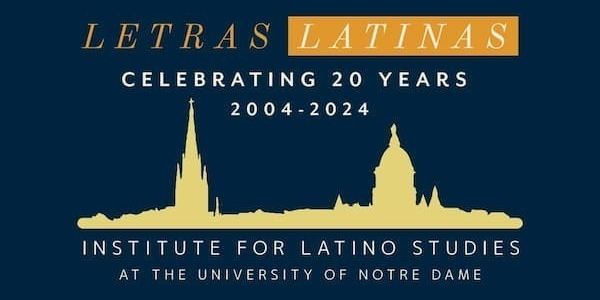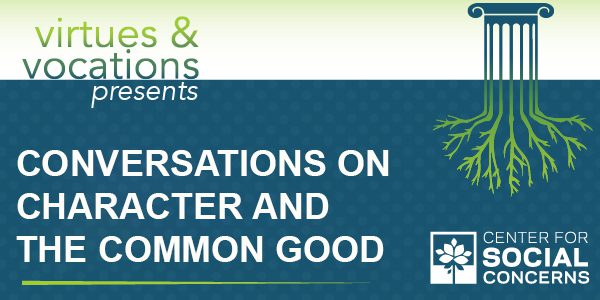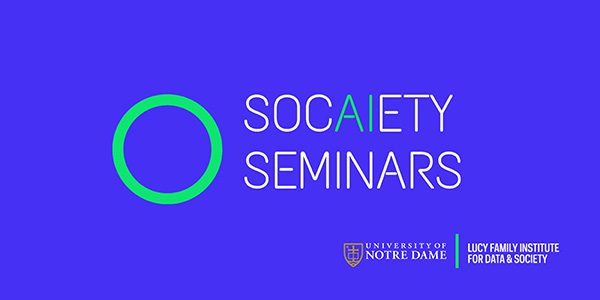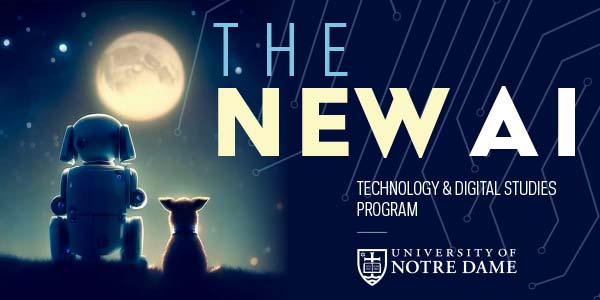In the second edition of the Rome Global Gateway’s Lenten Music Throughout the Ages, J.J Wright, Director of the University of Notre Dame Folk Choir was joined by Professor Margot Fassler, Director of Sacred Music and Professor Dr. Mark Doerries, Acting Director of Graduate Studies, Head of the Graduate Conducting Studio, and an Associate Professor in the Practice of Conducting for Sacred Music. They discussed the musical origins of polyphony, the tradition of children having a role in liturgical music, and the lenten musical practices of the renaissance.
Polyphony, as Wright explained, means “many sounds” and refers to a specific repertoire of music between 1400 and 1600. Fassler added that polyphony existed in sacred music before this time, but became more intentional during the renaissance. This also paved the way for children’s involvement in sacred music. The top lines (sopranos) were written so they could be readable and quickly learned by children. Wright noted that while many European countries (such as English) continued this tradition, in the United States it has been lost. The panel spoke about their experience with the Notre Dame children’s choir, remarking that “we are asking children to do something that is part of their history but has been lost in this country for the past 200 years. We have the mission of reclaiming this sacred music for children again” (20:30). In the renaissance, children were the “center of the musical practice in cathedrals” at the time. The work of the ND children’s choir aims to “flip the table from having the children being led by adults to a whole generation of music being led by young people” (21:30). Fassler added that ”hearing children sing in church is a sign of hope, and we are so desperately in need of hope in our church and in our world” (26:00).
While this series is about lenten music, Fassler said that it’s important to note that “there wasn’t very much polyphony in lent. [The absence of polyphony] was one of the things that made lent, lent”. Much of sacred music that was deemed “festive” wasn’t sung during lent, and polyphonic music was one of those examples (12:00). Fassler mentioned that during her research she came across an 8-page long musical ceremony that was, essentially, a goodbye to the “alleluia”. She said that lent is a time of “music deprivation”, much like the deprivation of “giving up chocolate” (12:40). This musical deprivation during lent means that Easter would’ve been an enormous celebration, not only of food but of the arts.
Lastly, the panel answered questions from the audience. Most questions were advice for participants’ own church choirs, to which the panel responded with examples of simple polyphonic music that could be implemented.
Visit the event page for more.






